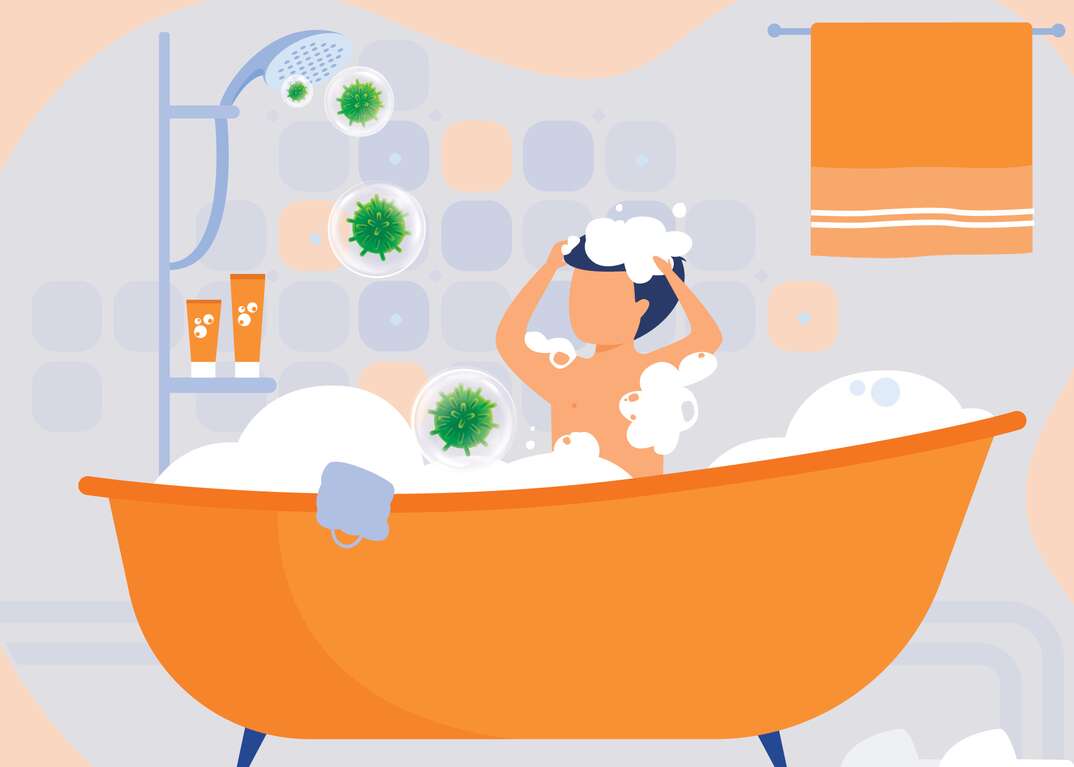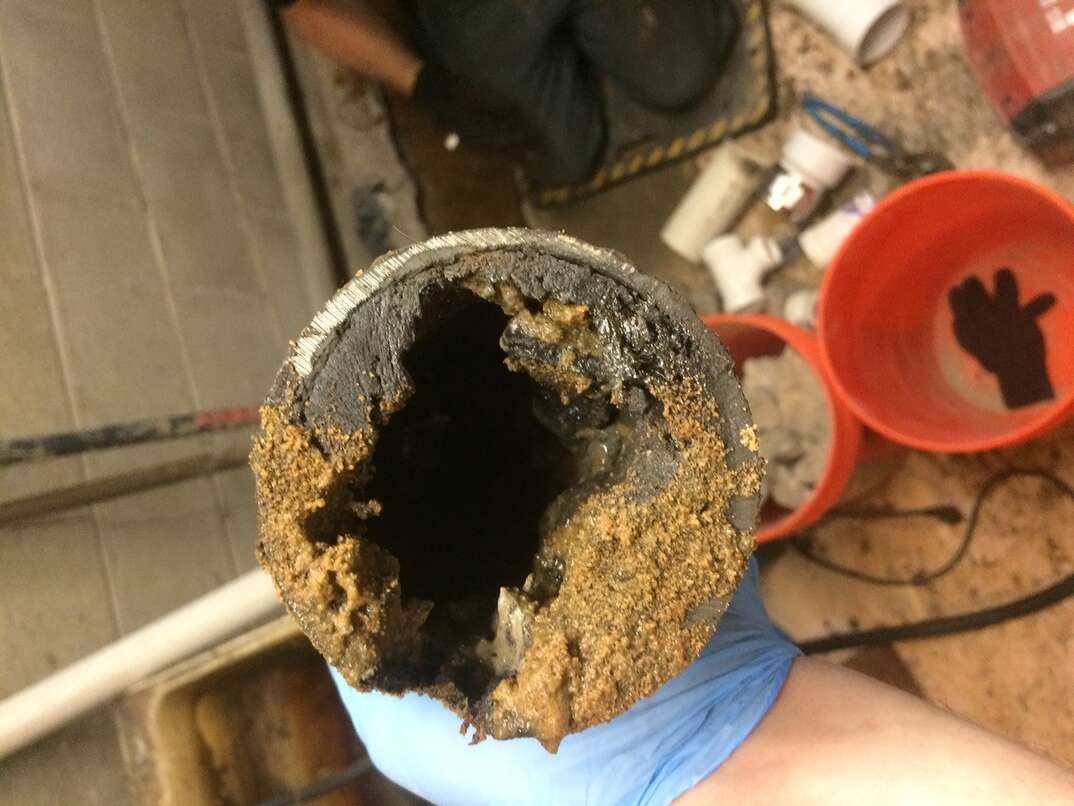Showerhead Sickness: You're Going to Want to Deep-Clean Your Showerhead After This

Can a moldy showerhead make you sick? Even though you use your shower to get yourself clean, it can grow lots of things that aren't good for your health, such as mold and bacteria.
This May Also Interest You: How to Clean a Showerhead
Learn how to prevent mold and bacteria growth so you can enjoy a nice warm shower without worrying about falling ill.
How Can a Showerhead Make You Ill?
According to Healthline, showerhead sickness often refers to lung infections caused by nontuberculous mycobacteria, which occur naturally in water and soil but can also grow in your household plumbing system. Mold can also grow on showerheads, which can also cause health issues, such as lung irritation, coughing and wheezing. The warm, wet environment in your shower makes showerheads an ideal spot for various types of microorganisms to grow.
When you're in the shower, the water pressure can force water particles that are full of microorganisms into the air, where you can inhale them. Not everyone gets sick with exposure, even if their showerhead is full of mycobacteria or mold. People with underlying health conditions — especially lung diseases or those that affect the immune system — typically have a higher risk of getting showerhead sickness.
How Do You Clean Out Your Showerhead?
You probably don't think about cleaning your showerhead as often as your sink or toilet. However, you should include it in your regular cleaning routine to prevent the buildup of potentially harmful microorganisms.
White vinegar is an effective showerhead cleaner that has an antibacterial effect due to its acidity. Do a thorough cleaning with vinegar every few months. You can wipe the showerhead down with vinegar or spray the showerhead with vinegar weekly to keep the growth to a minimum between deeper cleanings.
If you can easily remove the showerhead, soak it in a bowl of vinegar for several hours or overnight. If you can't remove it, securing a plastic bag of vinegar around the showerhead will have the same effect. Soaking the showerhead loosens gunk, but it might not remove it. Run hot water through the showerhead to help push it out. You can also use a toothbrush to gently remove gunk around the holes in the showerhead. Avoid stiff brushes or abrasive cleaners, which can scratch the showerhead finish.
More Related Articles:
- Here’s How to Hack Your Low-Flow Showerhead … But Should You?
- How to Replace a Showerhead
- Showerhead Stuck? Here’s How to Remove It
- How Much Does It Cost to Replace a Showerhead?
- What Is a Shower Diverter Valve (and Why Should You Care?)
How Do You Prevent Mold Growth in Your Showerhead?
Regular cleaning can help prevent mold growth. If you notice mold starting to grow, deep-clean the showerhead immediately.
You create humidity every time you shower, but keeping the overall bathroom humidity lower can help discourage mold growth on the showerhead and other surfaces. Do this by running the bathroom exhaust fan or opening the window while you shower. You can also use a dehumidifier in your bathroom after showering until you reduce the humidity levels. Plastic showerheads tend to grow more bacteria, so switching to a metal showerhead can help slow or reduce growth.


